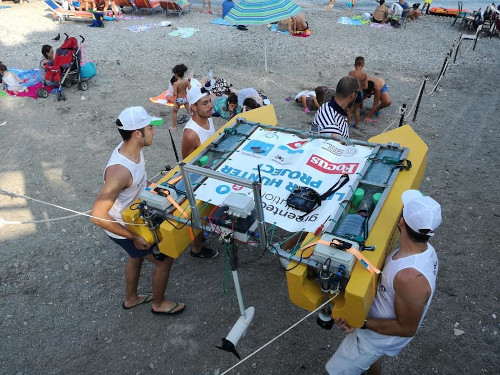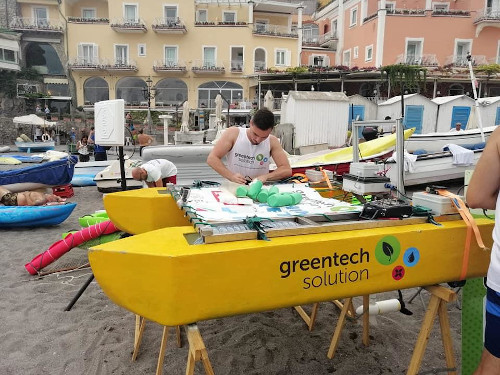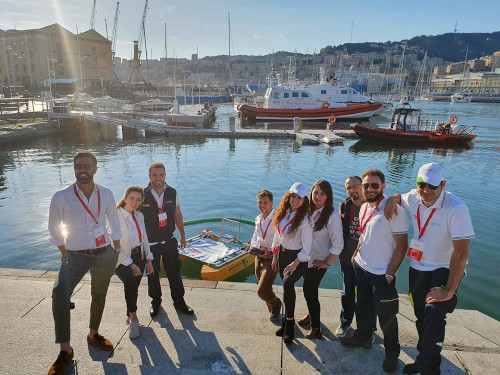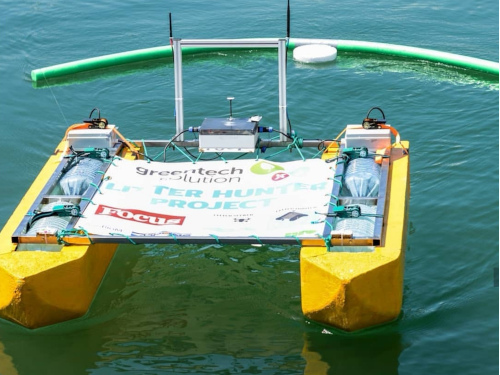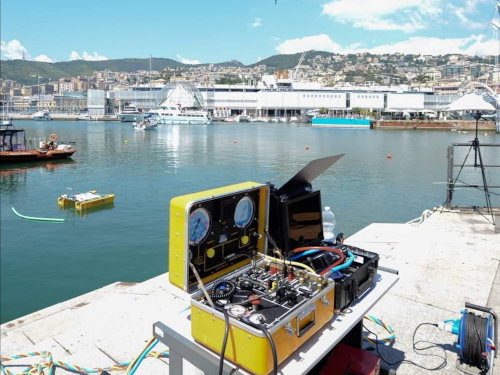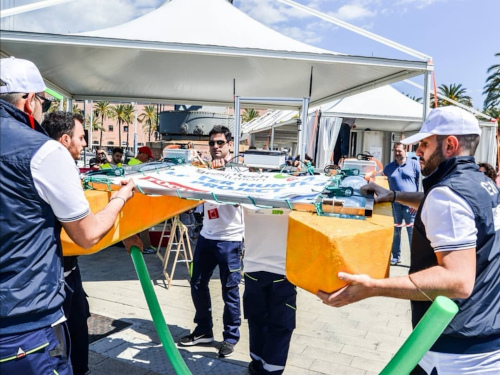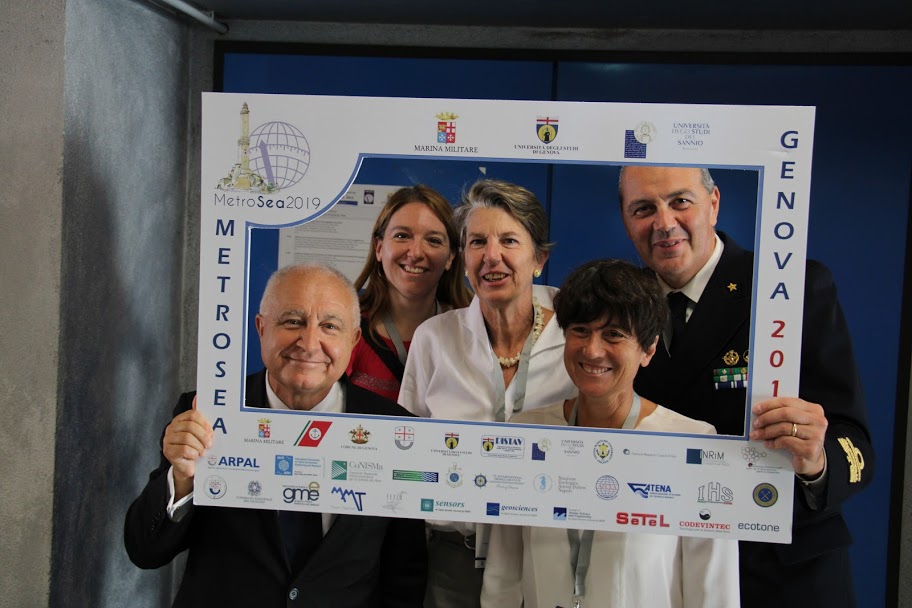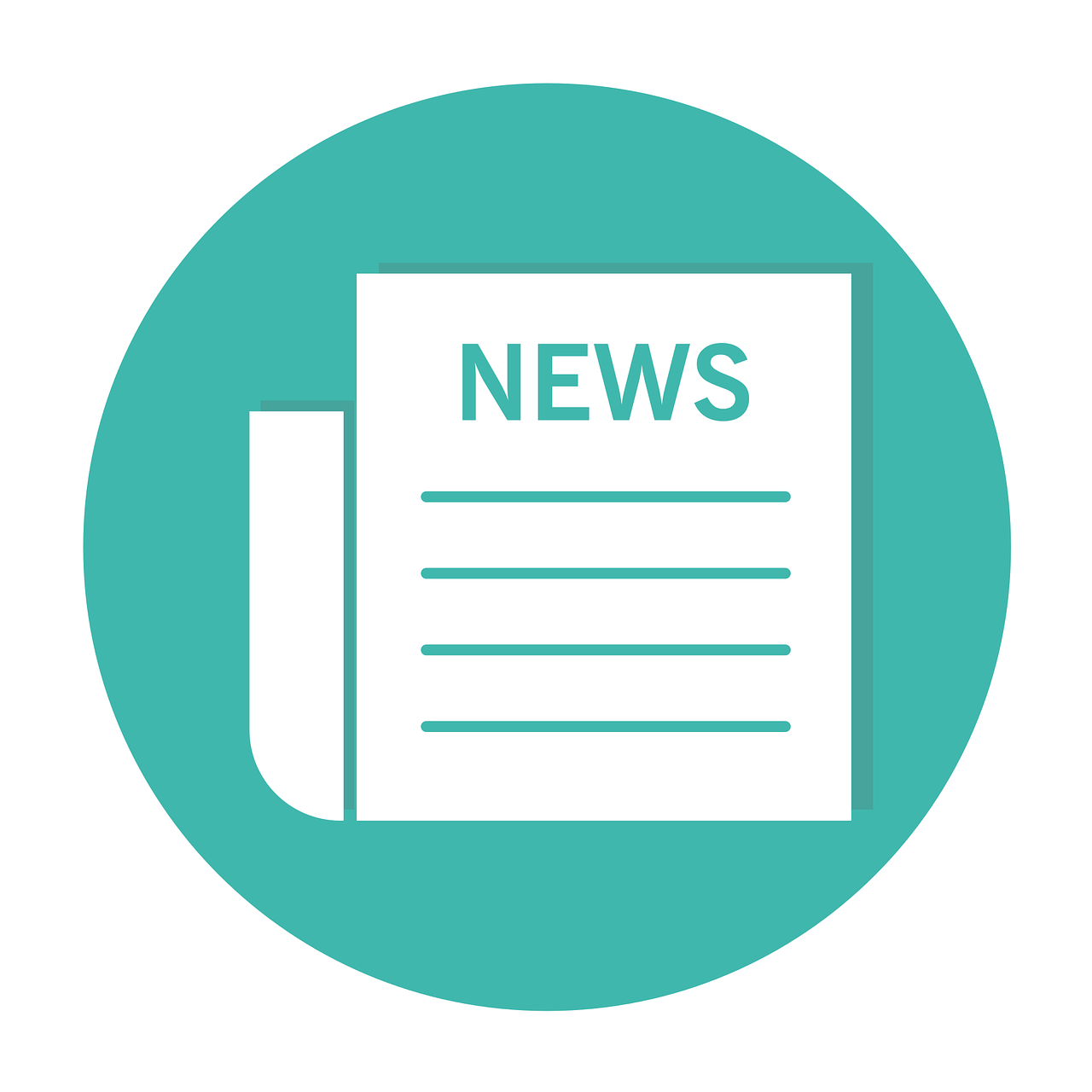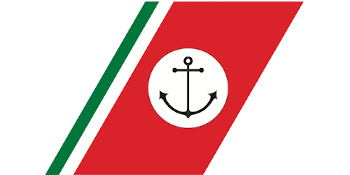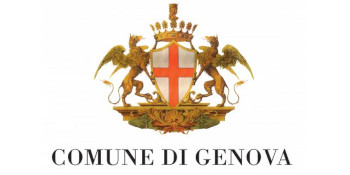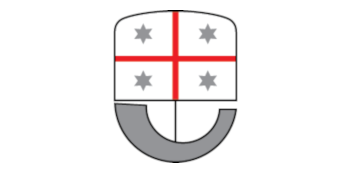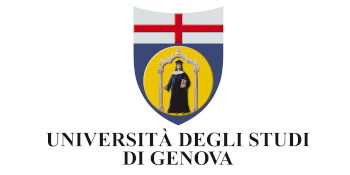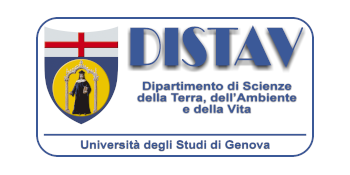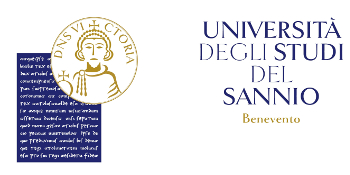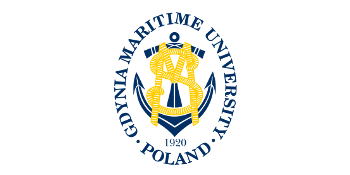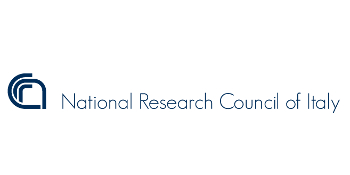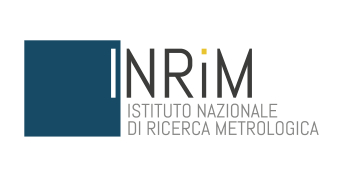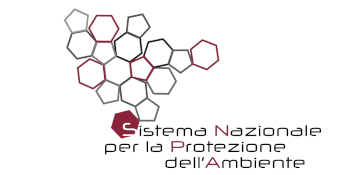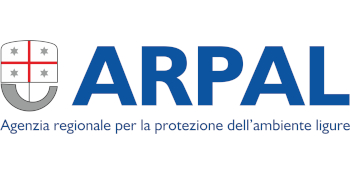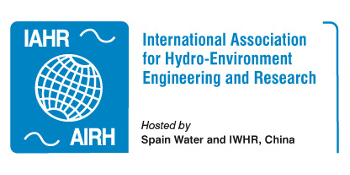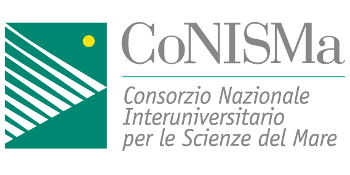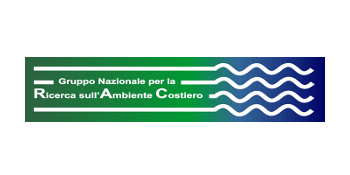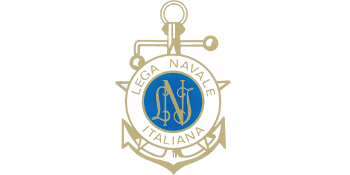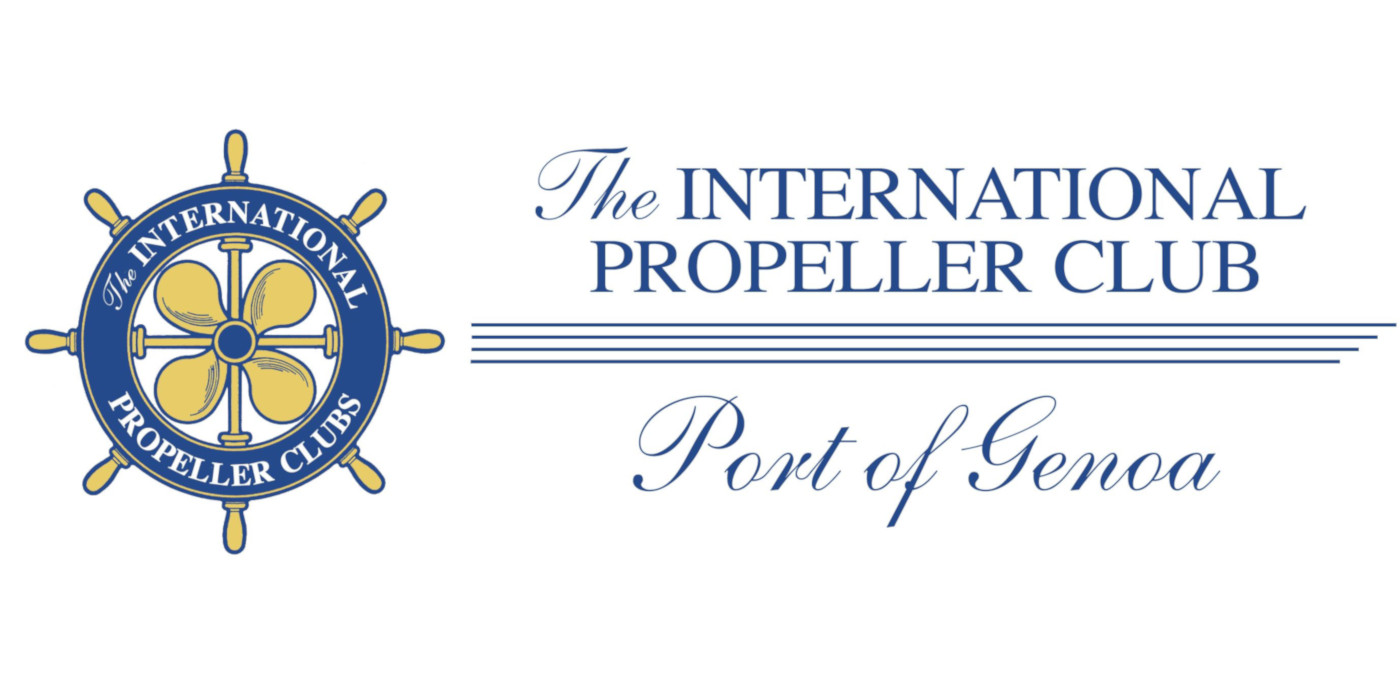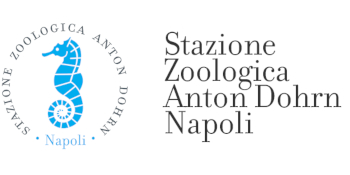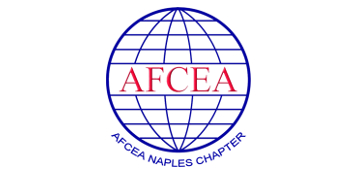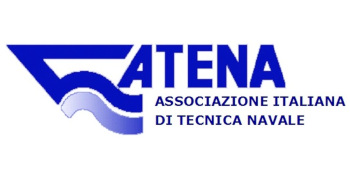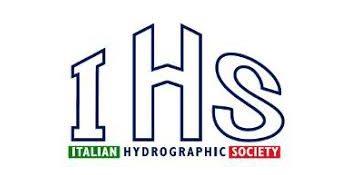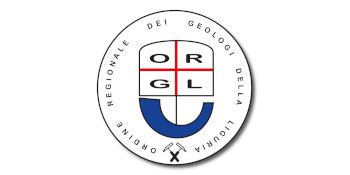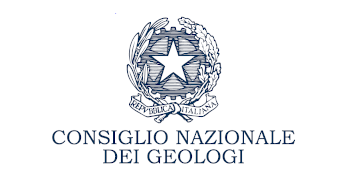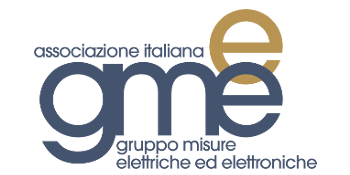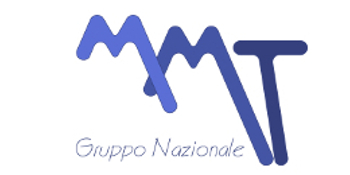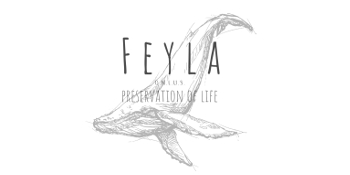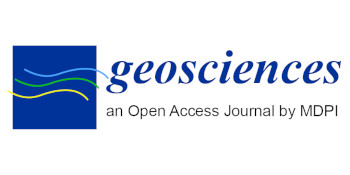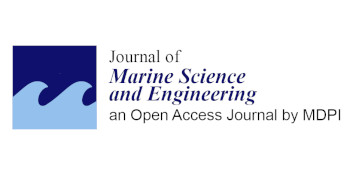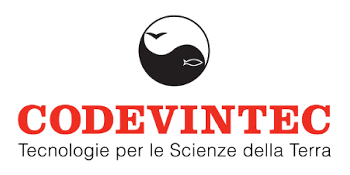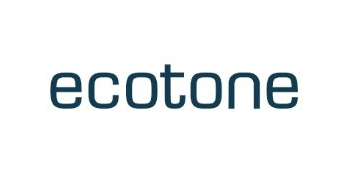METROLOGY FOR THE SEA
METROSEA STUDENT CHALLENGE
Genoa, Italy / October 4, 2019
Today, the plastic is the first cause of marine pollution, being the 95% of waste dumped at sea. Large pieces of plastic injure and often cause the death of animals, including both protected and endangered species such as sea marine turtles. Smaller fragments enter, instead, through the fish in the food chain, putting at risk also the human health. Plastic is practical and indestructible; even though this feature has favored its widespread use, it is worth knowing that it remains there for hundreds of years once dispersed in the environment. Beside causing damages to environment and human health, plastic puts also at risk the economic activity linked to the seas exploitation, since polluted seas and dirty beaches discourage tourism.
We are facing a declared "Global Emergency"; in fact, in 2018 the United Nations Environment Program (UNEP) placed the problem of plastic in the oceans among the six most serious environmental emergencies. Without an effective turnaround, by 2025 the oceans will contain 1 ton of plastic every 3 tons of fish, and by 2050 there will be more plastic than fish by weight (source WWF).
However, the good news is that cleaning and protecting the sea is possible. But how? First, by reducing the daily consumption of plastic; the European Union has banned disposable plastic by 2021. Second, by using new technologies such as Drones, Computer Vision, Artificial Intelligence, mmWave Radars, and the Internet of Things (IoT).
With reference to this last issue, Green Tech Solution, an innovative start-up from Campania Region operating in the environmental protection sector, has designed and developed "LITTER HUNTER", a system involving drones and self-driving catamarans, capable of detecting and recovering waste and floating plastic near the coast.
LITTER HUNTER has already been used in different contexts and has proved to be a valid tool to tackle marine pollution.
To raise awareness about the considered problem, “LITTER HUNTER” was used this summer on the beaches of the Amalfi Coast, allowing to remove several tens of kilograms of plastic from sea and arousing great interest among the bathers.
Following the success of its system, Green Tech Solution launched "LITTER HUNTER Edu", a kit made up of a mini-catamaran and autopilot that allows students, technicians, and engineers to develop skills in the design and implementation of marine drones and computer vision, through emulation of a waste recovery mission, with an experimental, entertaining and at the same time useful approach to the environment.
The open architecture of LITTLE HUNTER Edu allows the development and testing of innovative technological solutions, thus making it a valid tool also for researchers and companies.
CHALLENGE
Inside the 2019 IMEKO TC-19 INTERNATIONAL WORKSHOP ON METROLOGY FOR THE SEA, Green Tech Solution promotes the GLOBAL CHALLENGE “KEEP THE SEA PLASTIC FREE”. It is open to teams of student from all over the world, who will compete with LITTER HUNTER Edu.
The challenge consists of:
- assembling the marine drone, by using the LITTER HUNTER Edu kit provided to each team;
- completing parts of the code to allow the self-driving catamaran to reach one or more fixed targets (which emulate dispersed plastic objects at sea) and return to the starting point.
The team able to collect more plastic objects in the shortest time will win the challenge.
The competition field will be a bordered stretch of water within the ancient port of Genova, near the submarine Nazario Sauro.
Near the competition area, a stand will be set up to hold event of awareness and discussion on the use of innovative technologies for the environmental protection issues.
At the end of the challenge, the winners will be rewarded by the participating authorities.
Program
09:30 - 10:30 Introduction - Place: Vessel Magnaghi
"Litter Hunter EDU" Presentation
Step-by-step description of Green Tech Solution Procedures
10:30 - 11:00 Challenge Preparation - Place: Vessel Magnaghi
- Realization of the plywood base for Autopilot casing
- Realization of the GPS casing
- Gasket cutting
11:00 - 12:00 System integration of the mechanical and electronic components - Place: Vessel Magnaghi
- GPS and battery casing
- Power module installation
- Receiver positioning
- PPM Encoder positioning
- Plywood base positioning
- Autopilot casing and GPS connections, telemetry, power module, safety switch, buzzer, ...
12:00 - 12:30 Receiver 433 MHz device test and baud rate evaluation - Place: Vessel Magnaghi
- Identification of the received signal strength;
- Identification of signal interferences;
- Spatial coverage test with 433MHz and 2,4 GHz signals
12:30 - 13:00 GPS Integration and 3-axis calibration - Place: Vessel Magnaghi
- GPS Autopilot calibration
- Geo-localization test
- Direction test (Yaw)
- Repeatibility tests
13:00 - 13:30 Implementation of the AUTO-MANUAL MODE for water tests - Place: Vessel Magnaghi
13:30 - 14:30 LUNCH BREAK - Place: Vessel Magnaghi
15:00 - 15:30 Control Test in MANUAL MODE - Place: Calata Mandraccio
15:30 - 16:30 AUTO MODE Test with performance evaluation of Automatic Navigation - Place: Calata Mandraccio
16:30 - 17:30 Implementation of Self-Piloting mission - Place: Calata Mandraccio
18:00 Award Ceremony - Place: Vessel Magnaghi
Logistic
Genoa, The Old Harbour
Department of Economics - University of Genoa
Via Francesco Vivaldi, 5 - Genoa, Italy
Location
Vessel Magnaghi, Port of Genoa, Italy
Calata Mandraccio, 16128, Genoa, Italy





